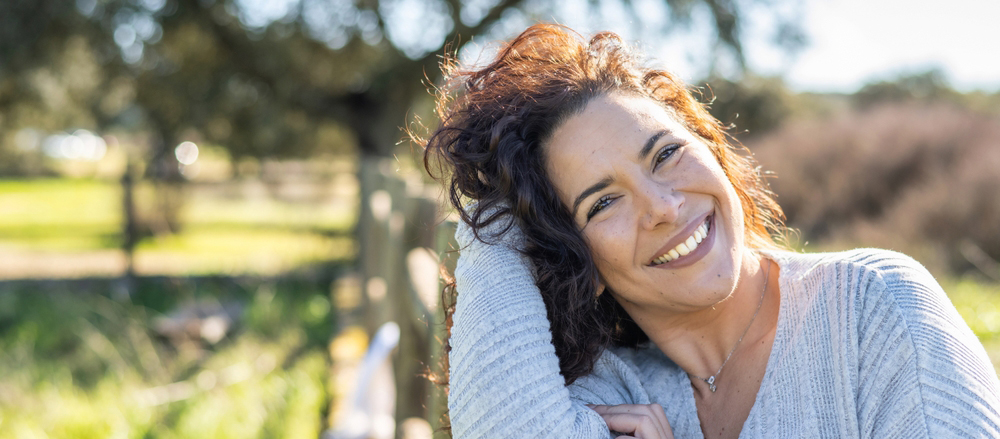Facial aging is a multifaceted process that involves both the gradual weakening of facial muscles and the decline in collagen production. Together, these changes lead to sagging skin, deep wrinkles, and a loss of volume, ultimately altering the natural contours of the face. To effectively address these challenges, a comprehensive approach is required—one that supports both the underlying muscular structure and the overlying skin. In this article, we explore treatments that target the facial muscles through neuromodulators and muscle-stimulating therapies, as well as advanced rejuvenation procedures specifically tailored for mature skin.
Facial muscles form the foundation of our expressions and contribute significantly to the skin’s firmness and contour. Over time, these muscles lose tone and strength, contributing to dynamic wrinkles and a drooping appearance. Neuromodulators, such as Botox, Dysport, and Xeomin, are injectable agents derived from botulinum toxin that temporarily block nerve signals to targeted muscles. By reducing overactivity, these treatments relax the muscles and smooth out dynamic wrinkles—particularly on the forehead, around the eyes, and between the eyebrows—resulting in a more balanced and natural facial appearance.
In addition to neuromodulators, non-invasive methods such as microcurrent therapy offer an effective “face workout” for the muscles. By delivering low-level electrical currents, microcurrent treatments stimulate the facial muscles, improving tone, enhancing circulation, and lifting sagging areas. Energy-based treatments, including radiofrequency (RF) and High-Intensity Focused Ultrasound (HIFU), not only heat the deeper layers of the skin to stimulate collagen remodeling but also indirectly support the muscle framework by tightening the connective tissue that surrounds them. These treatments can be particularly effective for individuals beginning to notice signs of muscle sagging and skin laxity.
As we transition to more mature skin—typically seen in individuals over 50—the decline in fibroblast activity and collagen synthesis becomes more pronounced. Mature skin often presents with deeper wrinkles, more significant sagging, and a noticeable loss of volume. For this age group, treatment plans must be more intensive and may involve a combination of procedures to both stimulate collagen production and restore volume. Advanced microneedling with RF creates controlled micro-injuries that trigger fibroblasts to produce new collagen, while HIFU delivers focused ultrasound energy to induce a lifting and tightening effect. Platelet-Rich Plasma (PRP) therapy, which utilizes a patient’s own concentrated growth factors, can further boost collagen synthesis and improve skin texture over a series of sessions.
For patients with mature skin, deep chemical peels and intensive microdermabrasion can remove layers of sun-damaged skin, revealing a smoother and more even surface. Plasma pen treatments also offer promise by creating controlled micro-injuries that stimulate the skin’s natural healing process and collagen production. With plasma pen procedures, careful aftercare is critical; the treated area should remain completely dry for at least 48 hours, followed by gentle cleansing and the application of healing ointments. Rigorous sun protection with a broad-spectrum SPF of at least 30 is essential during the recovery phase to prevent hyperpigmentation and support collagen remodeling.
An emerging solution that bridges multiple treatment modalities is the integrated multifunctional device. For example, the Medicube Age-R Booster Pro incorporates several functions—electroporation for enhanced product absorption, microcurrent to firm the skin, electric muscle stimulation (EMS) to sculpt facial muscles, LED light therapy to boost collagen production, sonic vibration for relaxation, and electric needles to improve skin elasticity and texture. By combining these diverse technologies in one device, practitioners can address both muscle tone and skin quality, offering a comprehensive, customizable approach to facial rejuvenation.
For optimal outcomes, treatment plans should be tailored to the individual’s unique skin condition, age, and aesthetic goals. Younger patients may benefit from preventative measures such as LED light therapy and microdermabrasion to maintain healthy skin, while middle-aged individuals might require a combination of neuromodulators, energy-based treatments, and minimally invasive volume restoration techniques. In contrast, mature patients often need more aggressive interventions—including advanced microneedling with RF, PRP, deep chemical peels, plasma pen treatments, and integrated devices—to effectively restore skin firmness, volume, and overall vitality.
Regardless of age, a comprehensive facial rejuvenation plan should also incorporate supportive lifestyle modifications. A nutrient-rich diet, high in vitamin C, lean proteins, omega-3 fatty acids, and antioxidants, can help bolster collagen production. Maintaining proper hydration and protecting the skin from excessive sun exposure are equally important to preserve the results of any aesthetic treatment.
